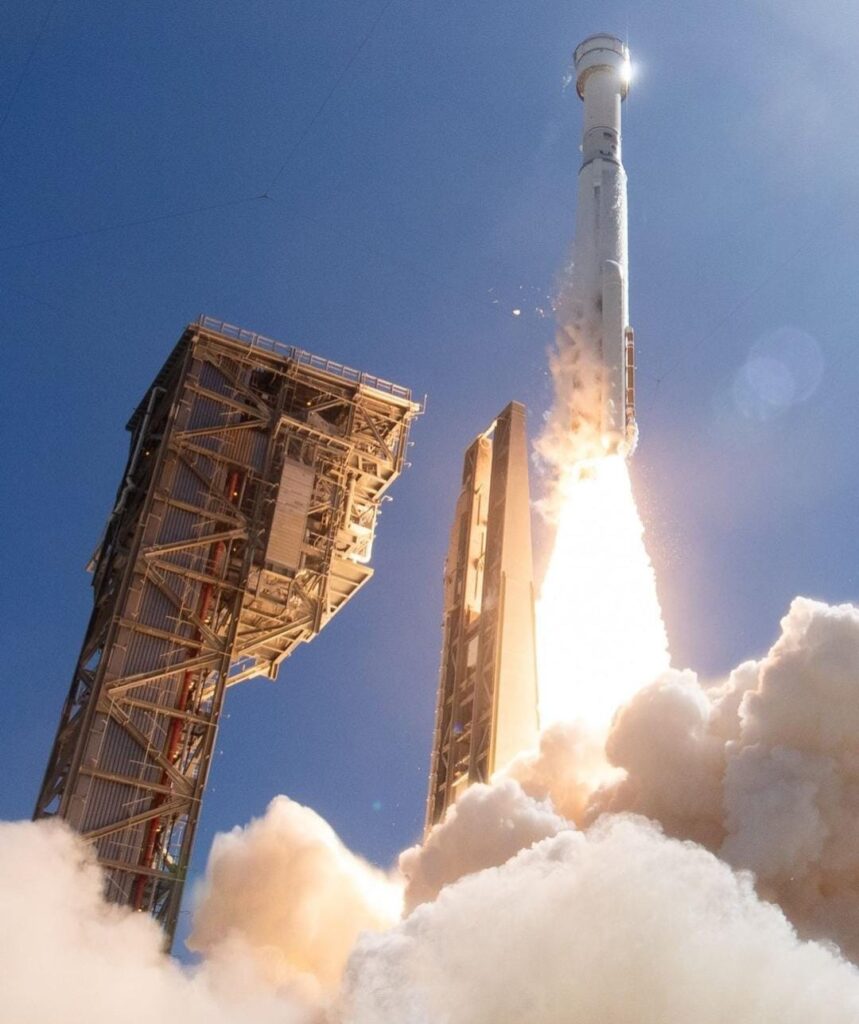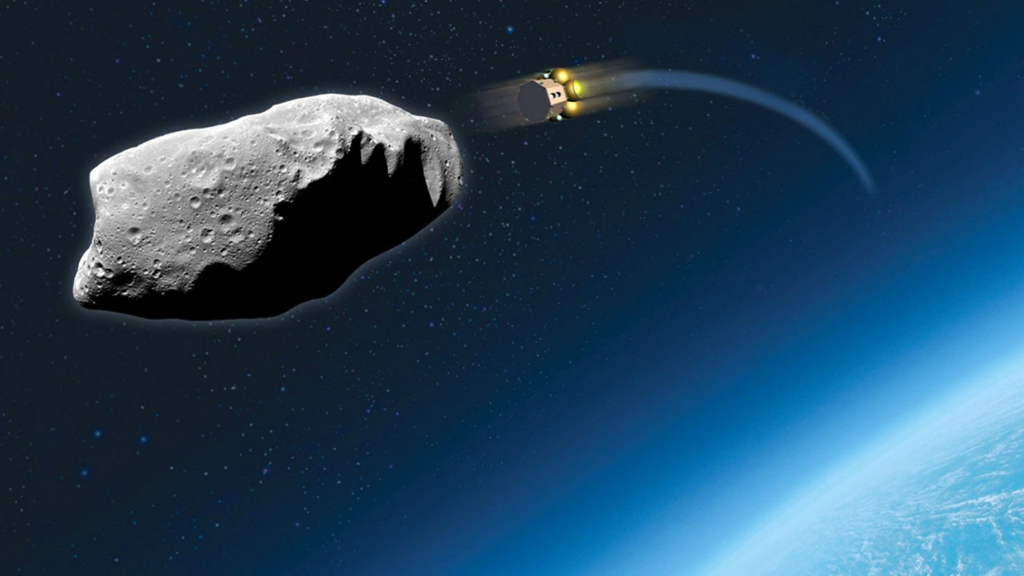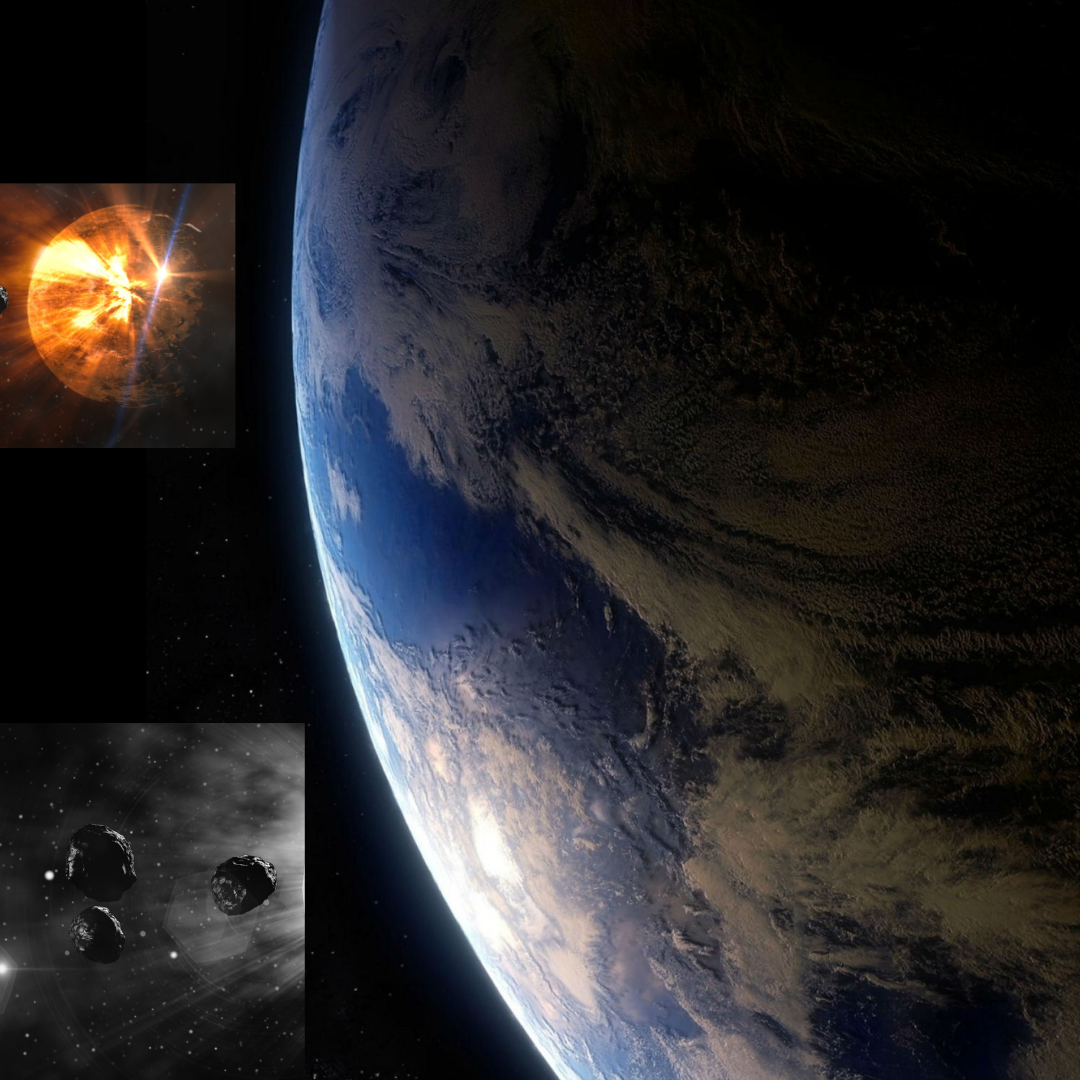Recently, NASA has warned us about a huge asteroid that is approaching Earth at a fast pace. The asteroid is estimated to be around 720 feet in width, roughly the size of two cricket pitches. The asteroid is expected to pass Earth on September 15, 2024.

While that may have sounded threatening, the asteroid is expected to pass near Earth at a distance of about 620,000 miles. That’s roughly 2.6 times the distance between Earth and the Moon. It’s moving at a pretty great speed of 25,000 miles per hour, for which it has gained interest among both astronomers and space enthusiasts.
Discovery and Tracking of 2024 ON
The asteroid was first detected through NASA (Near-Earth Object Observations Program), intended to find and track any object coming close to Earth. Because the asteroid is large and moving at a speed, it has continued to remain under close observation by scientists since its discovery.

The Jet Propulsion Laboratory, based in Pasadena, California, has been leading the chase for this asteroid. JPL scientists, by using sophisticated radar and high-powered telescopes, have been able to gather key data on 2024 ON, such as the asteroid’s size, shape, and even composition. These facts make it possible to peer even further into whether the asteroid is a threat and what kind of actions might be required in case of any menace.
Is There any Threat of Impact?
Although 2024 ON is large and moving at a great velocity, scientists consider the possibility of its impact on Earth as very low. However, NASA’s Planetary Defense Coordination Office (PDCO) is taking no chances. They are continuously tracking the asteroid and preparing for any potential risks. This PDCO is charged with the task of tracking near-Earth objects and formulating a strategy that would help tackle any eventuality caused by these bodies.
A Global Response to Planetary Defense
It is not NASA working on it all alone. Scientists from ESA, combined with researchers from different universities, are studying the composition of the asteroid. From the makeup of the asteroid, they hope to get more information about the early solar system and the materials that formed these asteroids.

This is an international project to protect our world from potential asteroid impacts. NASA and ESA, with other agencies worldwide, are working on projects like the Asteroid Impact & Deflection Assessment. The cooperation in this area is expected to be channeled into developing methods of asteroid deflection or avoidance in the future.
How to Watch the Asteroid Flyby
This close approach will be visible from the Northern Hemisphere, and once more, you’ll be able to observe it online in real-time through the Virtual Telescope Project.
As the date draws closer to September 15, scientists will further observe and gather data from the asteroid. By observing near-collision asteroids, their work not only protects us but also provides insight into how the solar system functions.
What this means for the future: Asteroids like 2024 ON give some important clues into our history of the solar system, and their motions help us to learn more about the forces shaping the universe. This close flyby reminds us of the importance of space research and the need for global cooperation in protecting our planet from potential threats.
FAQs
1. What is the size of asteroid 2024 ON?
Asteroid 2024 ON is approximately 720 feet wide, about the size of two cricket pitches.
2. How close will the asteroid come to Earth?
It will pass at a distance of around 620,000 miles, which is 2.6 times the distance between Earth and the Moon.
3. Is there any chance of the asteroid hitting Earth?
No, scientists consider the possibility of asteroid 2024 ON impacting Earth to be very low.




Sukesh Chandrashekhar Praises Jacqueline Fernandez’s New Song ‘Stormrider’ and Announces Massive Giveaway
Sukesh Chandrashekhar’s latest letter praising Bollywood actress Jacqueline Fernandez has …



